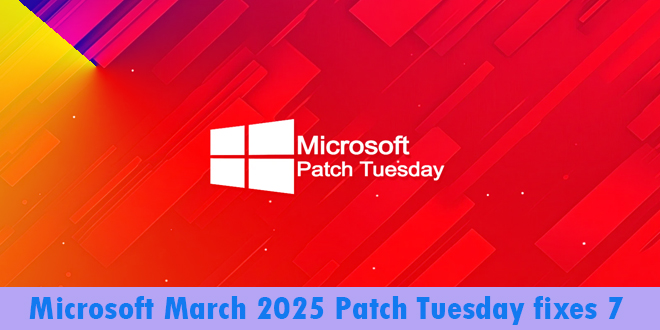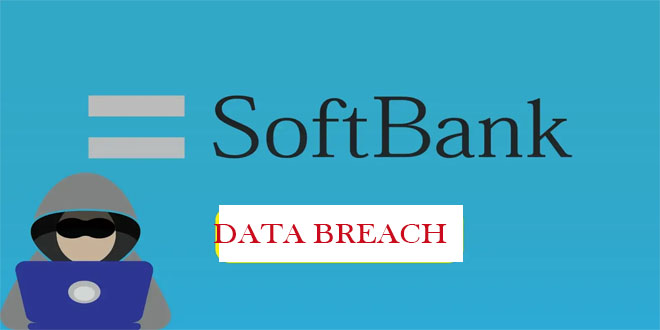Microsoft’s March 2025 Patch Tuesday update fixes 57 flaws, including seven zero-day exploits, six of which are actively being exploited. Notably, CVE-2025-24983 is a critical use-after-free flaw in the Windows Win32 Kernel Subsystem linked to the “PipeMagic” backdoor. This update is essential for IT and security professionals as it addresses significant security risks, including remote code execution and information disclosure vulnerabilities.
Key Highlights of the Update:
Total Vulnerabilities Patched: 57
Zero-Day Vulnerabilities: 7 (with 6 actively exploited)
Primary Exploit: CVE-2025-24983, a use-after-free flaw leading to SYSTEM-level escalation
Impacted Systems: Primarily older operating systems such as Windows 8.1, Server 2012 R2, and Server 2016; newer systems like Windows 11 remain unaffected
Other Vulnerabilities: Include NTFS-related flaws, an integer overflow in the Fast FAT File System Driver, and a security bypass in the Microsoft Management Console.
The number of bugs in each vulnerability category is listed below:
23 Elevation of Privilege Vulnerabilities
3 Security Feature Bypass Vulnerabilities
23 Remote Code Execution Vulnerabilities
4 Information Disclosure Vulnerabilities
1 Denial of Service Vulnerabilities
3 Spoofing Vulnerabilities
Six actively exploited zero-days:
This month’s Patch Tuesday addresses six actively exploited zero-day vulnerabilities and one that was publicly disclosed, totaling seven zero-days.
Microsoft classifies a zero-day flaw as publicly disclosed or actively exploited while no official fix is available.
The actively exploited zero-day vulnerability in today’s updates are:
CVE-2025-24983 – Windows Win32 Kernel Subsystem Elevation of Privilege Vulnerability
CVE-2025-24984 – Windows NTFS Information Disclosure Vulnerability
CVE-2025-24985 – Windows Fast FAT File System Driver Remote Code Execution Vulnerability
CVE-2025-24991 – Windows NTFS Information Disclosure Vulnerability
CVE-2025-24993 – Windows NTFS Remote Code Execution Vulnerability
CVE-2025-26633 – Microsoft Management Console Security Feature Bypass Vulnerability
The publicly disclosed zero-day is:
CVE-2025-26630 – Microsoft Access Remote Code Execution Vulnerability:
Microsoft states this flaw allows attackers to run harmful code due to a memory error in Microsoft Office Access.
To exploit the flaw, a user must be deceived into opening a specially designed Access file, often through phishing or social engineering attacks.
 InfoSecBulletin Cybersecurity for mankind
InfoSecBulletin Cybersecurity for mankind














